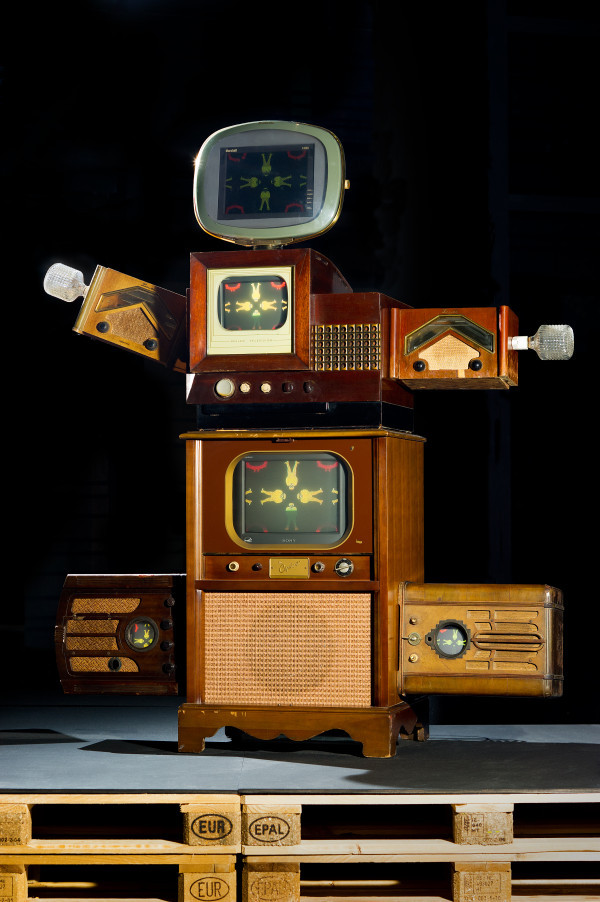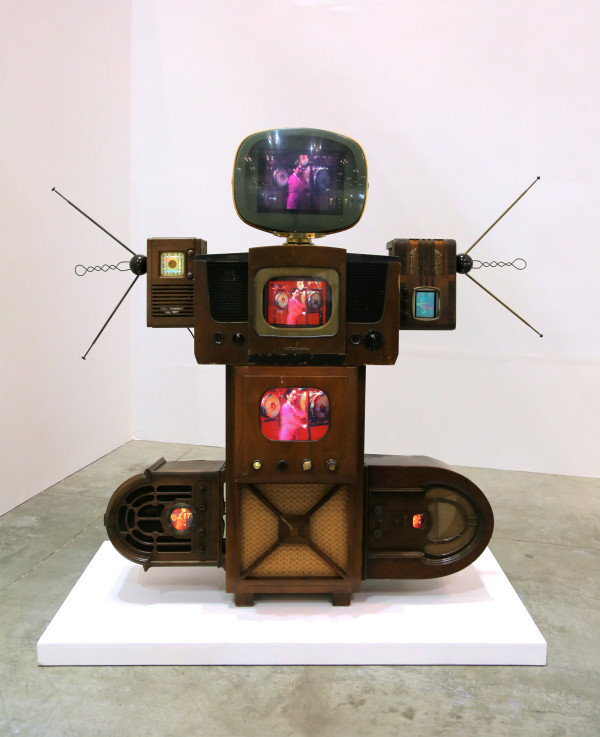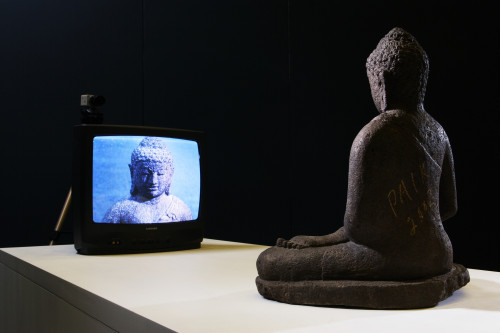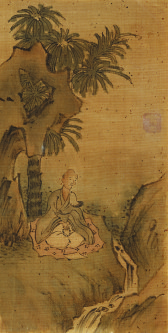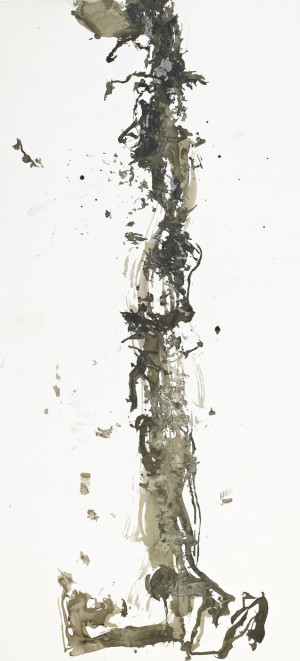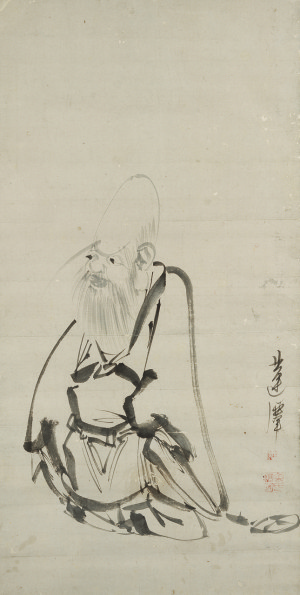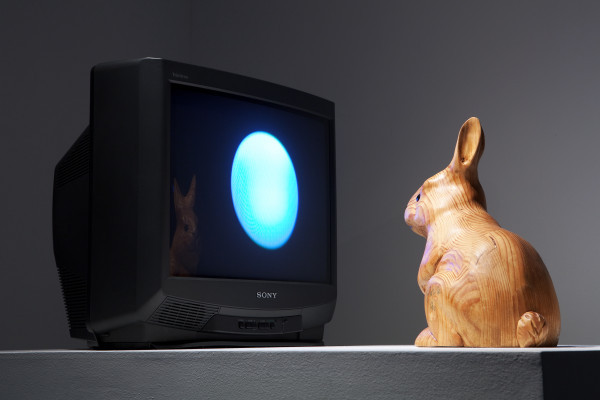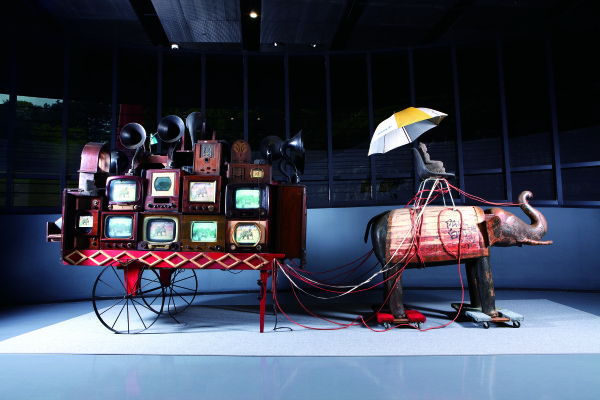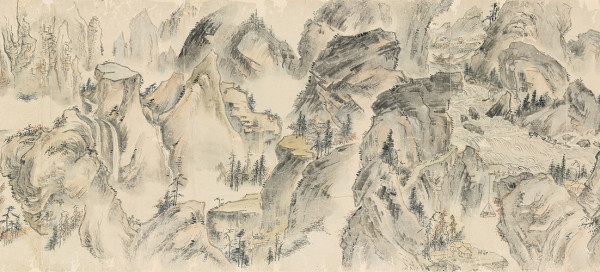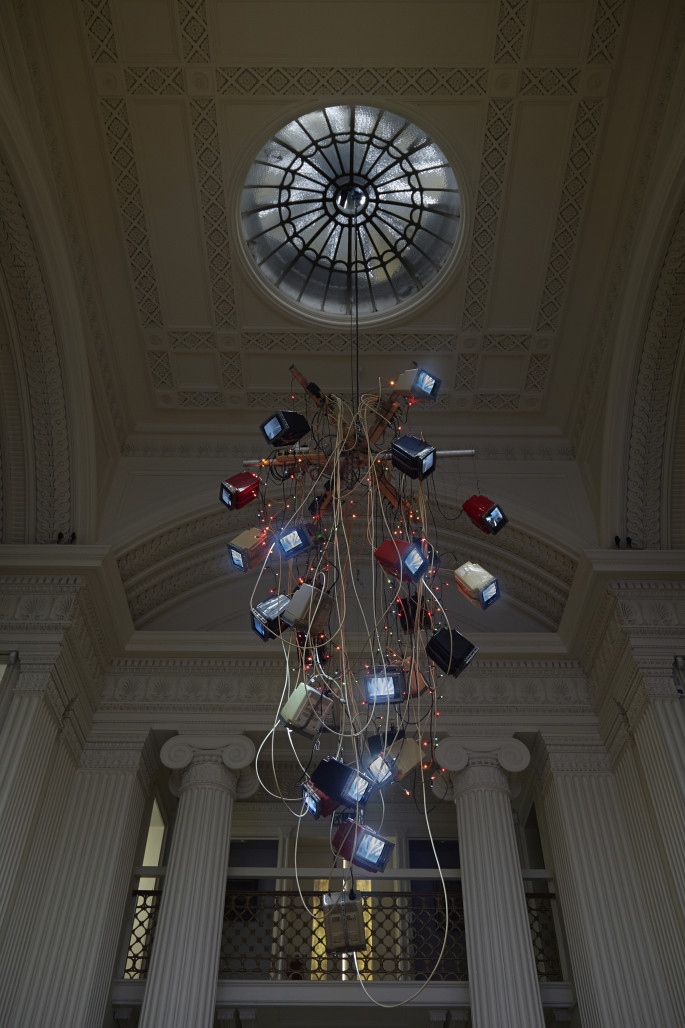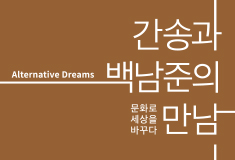
Although countless great artists have existed in Korean art history, the reason this exhibition consists of works by five artists who, on the surface, seem to have little in common is because they were all oriented toward a Utopia. Yeon-dam Kim Myoung-guk dreamt of a Utopia with Buddhism’s Zen and Taoism’s Immortal Thought. Hyeon-jae Shim Sajeong painted Utopias through dream-like and localized Nam-jong Landscapes. Hosaeng-gwan Choi Buk, whose pen name means “person whose livelihood is by the ink brush” earnestly desired a deliberate and hermetic world of the literati. While directly revealing people’s such worldly values as longevity, wealth and prosperity, and fame and social status through paintings of Buddhist deities and Taoist immortals, Owon Jang Seung-eop also expressed through painting his respect for the lives of Taoist immortals, which have transcended human life. Nam June Paik wished for the world to become connected as one, and for art and technology to form harmony. He was an optimistic idealist who hoped for the advancement of human civilization through reconciliation between Eastern and Western civilizations. This exhibition is profoundly meaningful for its encounters between idealists who sought to change the world and find better ways of life through the arts, which is culture.
Alternative Dreams





